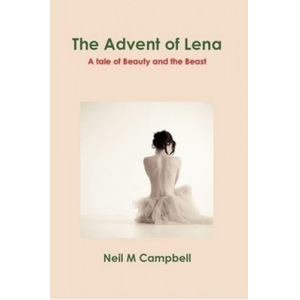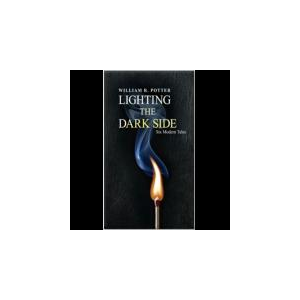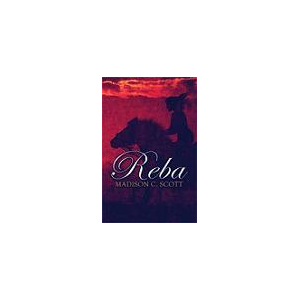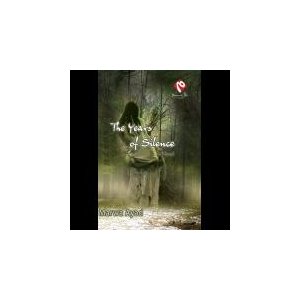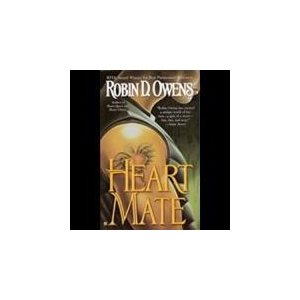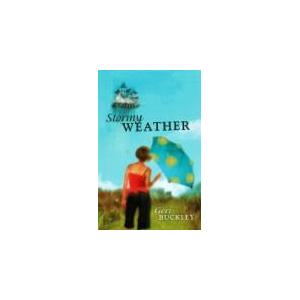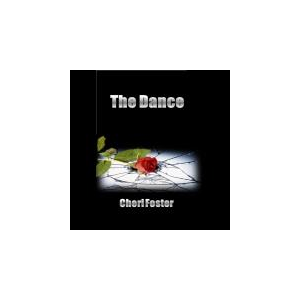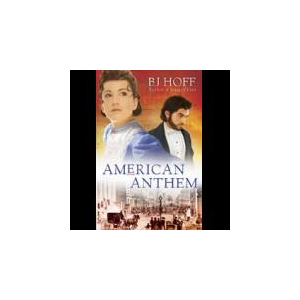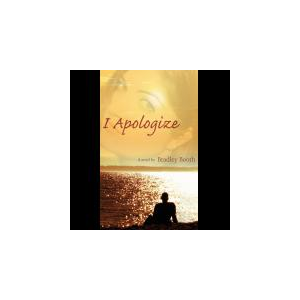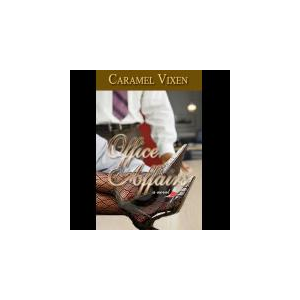Red Bird's Song
Taken captive by a Shawnee war party wasn't how Charity Edmonson hoped to escape an unwanted marriage. Nor did Shawnee warrior Wicomechee expect to find the treasure promised by his grandfather's vision in the unpredictable red-headed girl.
George III's English Red-Coats, unprincipled colonial militia, prejudice and jealousy are not the only enemies Charity and Wicomechee will face before they can hope for a peaceful life. The greatest obstacle to happiness is in their own hearts.
As they struggle through bleak mountains and cold weather, facing wild nature and wilder men, Wicomechee and Charity must learn to trust each other.
The Story Behind This Book
Red Bird’s Song is the story of my heart for many reasons. The initial encounter between Charity and Wicomechee at the river was inspired by a dream I had on New Year’s Eve–a highly propitious time for dreams–about a young warrior taking an equally young woman captive at a river and the unexpected attraction between them. That dream had such a profound impact on me that I took the leap from writing non-fiction essays (by hand back then) to historical romance novels and embarked on the most amazing journey of my life. That was years ago and the saga continues. I also met the prophetic warrior, Eyes of the Wolf, in another vivid dream at the advent of this adventure, so when I describe him in the book I’m envisioning a character I feel I know. The setting for much of Red Bird’s Song is the same as Through the Fire, the spectacularly beautiful Alleghenies. Much of the history and events depicted in the story were inspired by accounts I came across while researching my early American English/Scots-Irish roots and the Border Wars. Most of you have heard of The French and Indian War, the time period in Through the Fire, but there were others. (Chief) Pontiac’s War followed on the heels of the French and Indian and is the time frame of Red Bird’s Song. Lord Dunmore’s War took place a decade later–all occurring in the colonial frontier. Actually, life in the frontier was continually unsettled up through and even after The American Revolution had drawn to a close and warfare a reality. The boundaries of the frontier just kept shifting farther west. In the early-mid 18th century, the Shenandoah Valley of Virginia was the frontier and only hardy souls dared settle here. The bulk of these were the tough Scots-Irish. I think if the Indians had only had to fight regular British troops they might ultimately have won because they scared the s_ out of men trained for conventional warfare, but the long knives were another matter. They weren’t easily intimidated and soon learned from their cunning enemy. Although Hawk Eye in The Last of the Mohicans is an adopted Mohican, his lifestyle and behavior is that of a colonial frontiersman. The more rugged of these men dressed as he did, much in the Indian way. They hunted & fought with muskets, tomahawks, and their famous knives. Indians acquired these knives as well. They blended traditional weapons and ways of living with new found tools and weapons of Western man. A highly adaptable people. The attack at the opening of Red Bird’s Song in the Shenandoah Valley is based on one that occurred to my ancestors at the tail end of Pontiac’s War and is recorded by Historian Joseph A. Waddell in The Annals of Augusta County. A renegade Englishman by the last name of Dickson lead the war party that attacked them. Initially I’d intended to make the Colin Dickson in Red Bird’s Song a villain but as soon as he galloped onto the scene I knew differently. He’s now one of my all time favorite characters. Wicomechee, the hero in Red Bird’s Song, is based on theShawnee warrior by that name who lived early in the nineteenth century and to whom I have ties. The Moffett’s, an early Valley family I’m related to, include a reference to him in their genealogy. Wicomechee’s father, John Moffett, was captured in Kentucky by the Shawnee at the age of eight and adopted into the tribe. It’s said he was a boyhood companion to the great chief Tecumseh, a chief for whom I have enormous admiration. The accounts of John Moffett and Wicomechee are recorded by Waddell. It’s also noted that during the Black Hawk Wars Wicomechee recovered the captive daughters of a Dr. Hull and brought them safely into camp, which reminds me of Hawkeye in The Last of the Mohicans. I’ve included more on this amazing warrior at the end of the novel as a bonus for those who read it. Charity, the heroine in Red Bird’s Song, is drawn from a reference I came across of a young Scots-Irish woman captured along a river in the Virginia frontier. Remember, early Virginia was enormous. Augusta County, near where I live, encompassed present day states and was later sectioned off. Nothing is known of what happened to that young woman. Just a single line in an old account of captives taken during the Indian wars. The same sort of capture and subsequent lack of information occurred to the sister of my great grandmother a number of greats back. Both of these women may have made new lives with the Indians. There are records of women who married into the tribes and did not want to leave their warrior husbands and adopted people. Tragically, some those captives who wished to remain were later forced to return to their white families through treaties, causing great heartache. There are also accounts of captives who couldn’t get out fast enough! One such captive was Daniel Boone. Charity’s cousin Emma in Red Bird’s Song is based on the young,very pregnant wife carried off in that original attack. In the actual account it’s uncertain whether or not her husband survived his injuries. His last name was Estelle, as it is in the story, and we have early Estelle’s in our family tree. However, that name is no longer common in the Shenandoah Valley but has vanished into the mist of time along with a mostly forgotten era and its people. Few remember or care. Perhaps you will come to. James, the little boy in Red Bird’s Song, is drawn from the lively child taken in the original attack who lived to tell about it and did so with great relish. He’s also modeled after several high spirited little boys I’ve known and loved. James is a tribute to my young nephew, Matthew Trissel, killed in a farm accident, and my youngest daughter Elise’s close friend, Garry Keens, killed by a drunk driver. Wonderful boys, gone before us but never forgotten. Although Eastern woodland Indians had a reputation for brutality, once a captive was adopted they were well treated and regarded as equals. Warriors were unpredictable and didn’t always behave in a certain manner anymore than all European men acted alike. Warriors could be unexpectedly gentle or sadistic. I’ve read accounts of braves getting up in the night to stir up the campfire and cover captive women and children with blankets, even delay their journey while a woman gave birth. These men protected and fed their captives while other warriors burnt them at the stake. It all depended on who took you captive and why as to what your fate would be, and whether they kept, traded, or sold you. Or killed you in retribution for a love done lost at the hands of the English. Of course, some braves didn’t take captives. Just scalps. The warriors most feared in the Shenandoah Valley were the Shawnee, regarded as the fiercest of all. The more I studied these remarkable people, the more engrossed I became, especially as they figure into our family roots. The sources I used in researching Red Bird’s Song would take up pages, my list of reading material sizable, and I’m indebted to the long suffering anthropologists and archeologists who answered my many questions and supplied me with research materials, also helpful reenactors, historians, and historical sites. Most of all, I’m indebted to my own forebears. Without these hardy souls, their faith in God and determination to forge a life in the New World, I wouldn’t be here. Neither would many of you.

